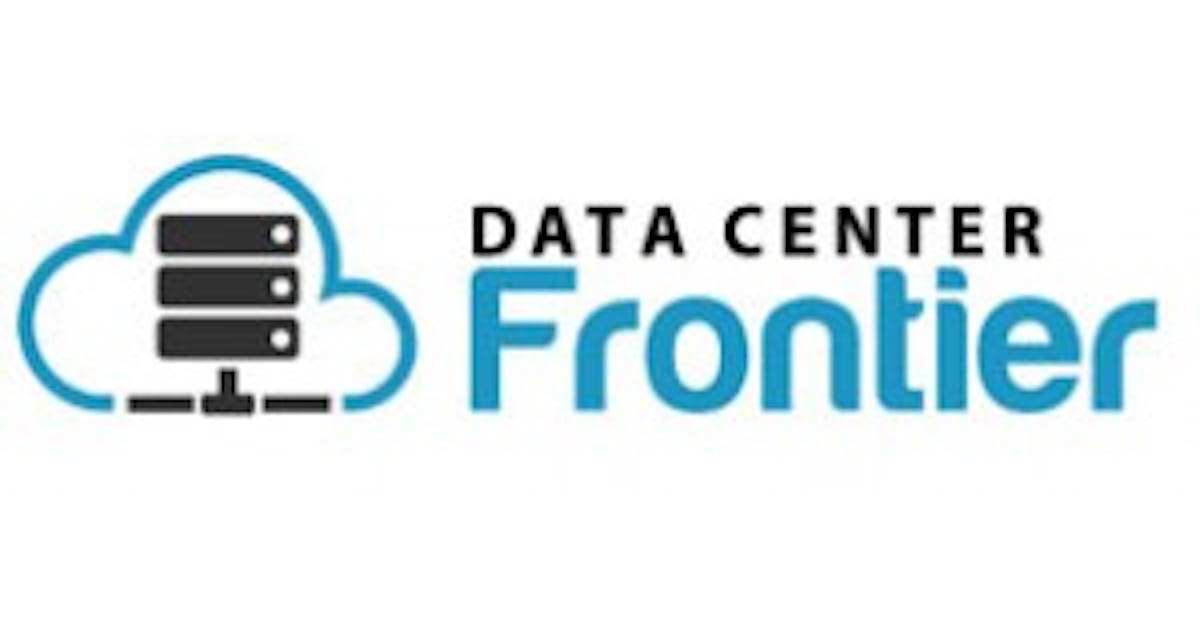Introduction
In today's globalized world, technology is reshaping the job market, creating unprecedented changes in the workforce. This transformation is driven by a growing synergy between jobs, technology, and education. Over the past four decades, technological advancements have significantly influenced global employability and productivity, highlighting the critical role of education in preparing individuals for technology-driven job markets.
The Information Technology (IT) sector has shown remarkable resilience in tackling global challenges, such as the COVID-19 pandemic and talent shortages, by emphasizing human-centric technologies. As the industry transitions from Industry 4.0, which focused on automation, to Industry 5.0, which prioritizes human-technology collaboration, innovation, and sustainability, new dynamics emerge in the IT job market. Individuals now face the challenge of blending technical skills with creativity and ethical considerations to produce socially responsible solutions.
The Rise of IT Roles
IT roles are increasingly dominating the global job market, but a significant gap exists in effectively organizing IT-related skills for accurate job classification. The need for a unified framework that identifies and categorizes IT skills has never been more critical.
Current Frameworks and Their Limitations
Existing frameworks like the International Standard Classification of Occupations (ISCO) have been revised over the years, but they often lack sector-specific specialization, making them less applicable to the IT sector. The only prior proposal for a specific IT job classification framework dates back to 2006. Efforts have primarily focused on organizing IT domains or specific segments instead of providing a holistic view of IT jobs.
Introducing BEET: A New Taxonomy
In this article, we present the Bee-inspired Employment and Expertise Taxonomy (BEET), a hierarchical framework designed to classify IT jobs within the ISCO-08 structure. BEET prioritizes hard skills required for task execution and is built on a comprehensive analysis of requisites and technical skills extracted from a dataset of global IT job postings collected between 2023 and 2025. The enhanced version, BEET v2025-rev2, incorporates feedback and insights from the initial release, broadening its applications and improving classification accuracy.
We anticipate that BEET will assist analysts in forecasting workforce demands and help HR professionals align applicants with job opportunities, streamlining recruitment processes. Furthermore, it offers educators valuable guidance in preparing professionals for the challenges anticipated in Industry 5.0.
Materials and Methods
Data Collection
We gathered public job postings from various IT roles worldwide from October 2023 to February 2025. Our dataset includes roles from small, medium, and large enterprises, focusing primarily on the technology, finance, and healthcare industries. A total of 1,780 IT job offers were collected, ensuring a balanced representation across job categories.
Data Labeling
A team of HR professionals meticulously reviewed the collected vacancies, categorizing job offers based on potential areas of Computing using the ACM Computing Classification System (CSS). This rigorous process resulted in a final dataset comprising 389 labeled job offers, balanced across job categories.
Job Skills Understanding
We employed natural language processing (NLP) techniques to analyze job vacancies, focusing on skills and technical requirements. An agglomerative hierarchical clustering algorithm was used to group and analyze the labeled dataset, resulting in 32 clusters based on textual similarity extracted from job descriptions.
BEET Structure
BEET is structured into five major groups, further divided into 15 sub-major categories and 35 unit groups. This hierarchical classification allows for a detailed representation of IT job roles, emphasizing the diverse skill sets required across the sector.
Integration and Practical Implications
BEET demonstrates significant potential for integration into existing recruitment and educational systems, improving workforce planning and talent acquisition. Its alignment with established classification systems enhances its adoption and interoperability, providing a more detailed categorization tailored to the evolving IT sector.
Conclusion
The introduction of BEET represents a significant advancement in the classification of IT jobs, addressing the evolving needs of the technology sector, particularly in the context of Industry 5.0 skills. By aligning educational efforts with the changing demands of the global IT market, BEET serves as a critical framework for analysts and educators, offering strategic insights for future workforce development.





Comments
Join Our Community
Sign up to share your thoughts, engage with others, and become part of our growing community.
No comments yet
Be the first to share your thoughts and start the conversation!